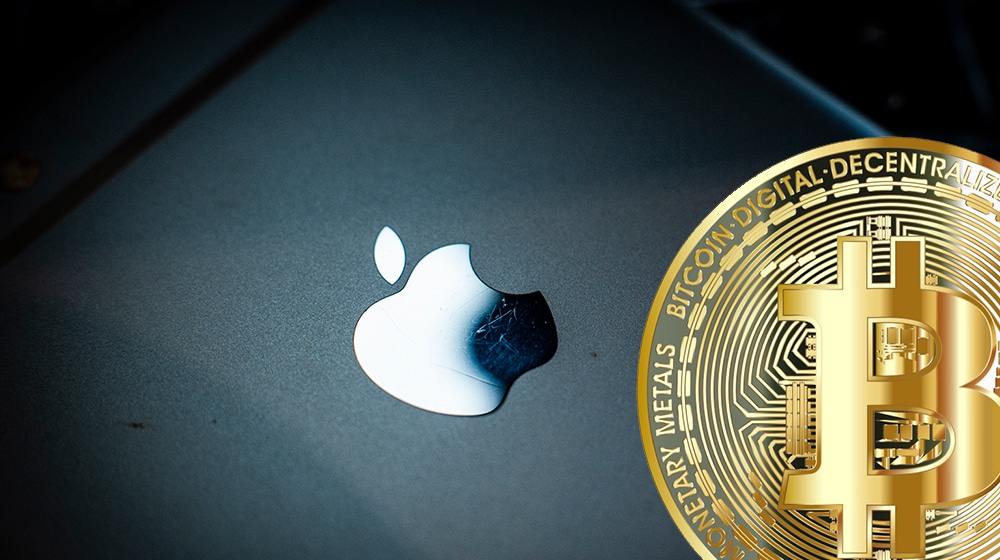On May 5, 2025, Apple’s NFT policy update transforms its App Store guidelines in the U.S., allowing iOS apps to include external links to NFT marketplaces and cryptocurrency platforms. Prompted by a 2023 federal court ruling, this change enables developers to bypass Apple’s 30% in-app purchase fee, fostering Web3 adoption. With Donald Trump’s pro-crypto policies driving a $3.2 trillion crypto market, Apple’s NFT policy update accelerates blockchain innovation. This article explores how Apple revises NFT rules, their impact on developers, and opportunities for investors.
Why Apple’s NFT Policy Update Matters

Apple’s NFT policy update responds to a 2023 court ruling requiring App Store apps to support external payment links, reducing reliance on Apple’s in-app purchase system. Previously, Apple imposed a 30% fee on NFT and crypto transactions, limiting developer profitability. The new guidelines, effective May 2025, allow iOS apps to direct users to NFT marketplaces like OpenSea, enabling direct sales without Apple’s commission.
Trump’s Bitcoin Strategic Reserve and relaxed SEC regulations have fueled crypto adoption, with Bitcoin at $90,000 and stablecoin volume at $234 billion. Apple eases NFT restrictions to align with these trends, complementing initiatives like MetaMask’s Mastercard debit card and Stripe’s stablecoin program. Industry enthusiasm underscores the potential for expanded Web3 app development.
Details of Apple’s Revised Guidelines
Apple’s NFT policy update revises App Store rules to permit iOS apps to link to external NFT marketplaces and crypto exchanges, provided they comply with local regulations. Developers can now guide users to platforms like Blur or Tensor for NFT trading, bypassing Apple’s in-app payment system. Licensed crypto exchanges can process transactions within apps, supporting assets like Bitcoin, ETH, and USDC.
At the same time, Apple continues to enforce strict restrictions on cryptocurrencies, such as:
- Prohibiting apps from offering crypto rewards for completing tasks.
- Banning the organization or promotion of ICOs (Initial Coin Offerings).
- Disallowing crypto mining on iOS devices.
The policy overturns Apple’s 2022 restrictions, which confined NFT apps to in-app purchases, criticized for high fees compared to OpenSea’s 2.5% commission. With over 1,000 Web3 apps on iOS expected to adopt external links by Q3 2025, Solana’s Tensor and Ethereum’s Blur are poised to benefit, as NFT trading volume hit $1.7 billion in April 2025.
Implications for the Crypto Market
Apple’s NFT policy update signals broader blockchain adoption. With 2.2 billion iOS devices globally, Apple relaxes NFT rules to onboard millions to Web3, increasing demand for NFTs and crypto assets. Solana memecoins like BONK, up 60%, and Ethereum’s DeFi platforms may see heightened activity. Trump’s U.S. crypto hub initiative aligns with global trends, including Japan’s Web3 efforts and Russia’s elite crypto exchange.
Regulatory risks, such as the EU’s MiCA framework and U.S. stablecoin laws, could impose compliance costs, as seen with Tether’s XAUT. Security concerns, like ZKsync’s $5 million hack, highlight blockchain vulnerabilities. Yet, Apple revises NFT rules to foster innovation, driving Web3 growth.
Opportunities for Developers and Investors
Apple’s NFT policy update unlocks opportunities for developers and investors. Developers can create iOS apps integrating NFT marketplaces and DeFi protocols, leveraging Solana’s low-cost transactions or Polygon’s scalability. Investors can explore altcoins like SOL or MATIC, with Solana’s market cap at $100 billion. Web3 wallets like MetaMask and Phantom may see increased adoption, driven by iOS accessibility.
Tether’s XAUT and GameFi projects on Solana offer diversified investment options. Institutional confidence, evidenced by VanEck’s ETF filings, supports long-term growth as Apple eases NFT restrictions.
Challenges Facing Apple’s NFT Integration

Despite Apple’s NFT policy update, challenges persist. Regulatory scrutiny, with SEC investigations into crypto platforms, could complicate app approvals. Competition from Android, with fewer restrictions, may attract Web3 developers. User education is critical, as iOS users new to NFTs or crypto wallets face a learning curve.
Security risks, including phishing attacks on Web3 apps, require robust protections. Maintaining user trust and regulatory compliance is vital as Apple relaxes NFT rules.
Looking Ahead for Apple’s NFT Policy Update
As Apple revises NFT rules, iOS emerges as a key platform for Web3 adoption in 2025. Developers should integrate NFT and DeFi features, while investors monitor on-chain metrics. With global crypto adoption surging, Apple eases NFT restrictions to drive blockchain innovation, transforming the digital economy.




